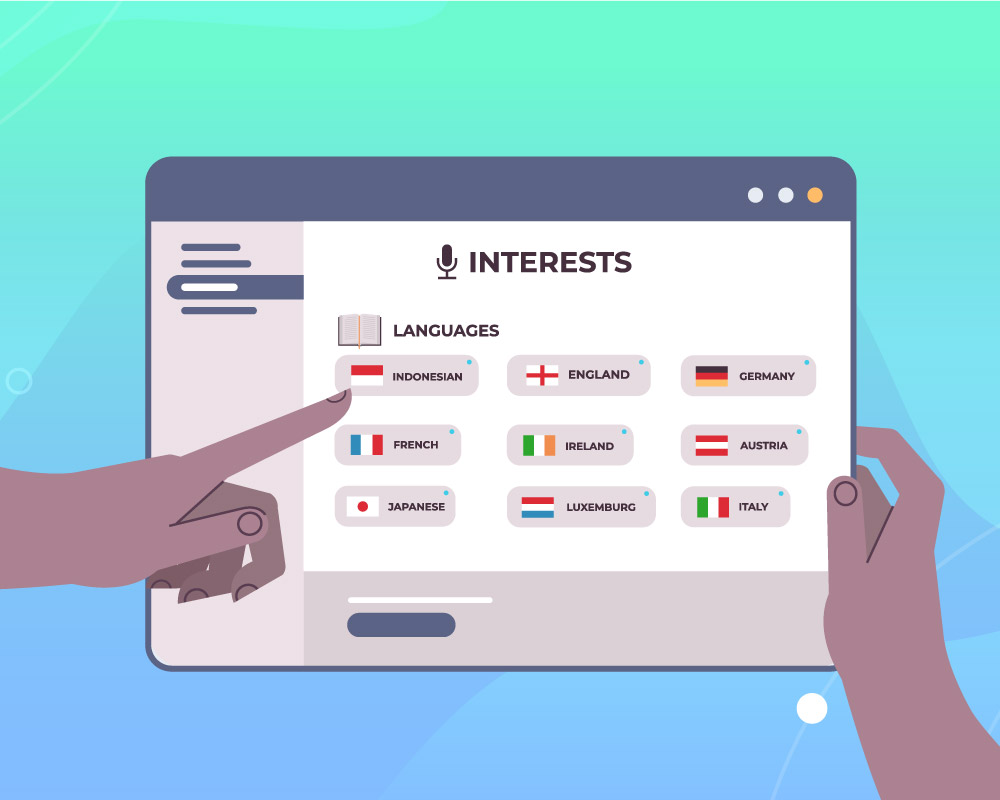Will Voice Translation Take Over the World? Where are the Humans?
|
Font size:
The advances that translation technologies have made in the past five decades are massive. With Machine Translation (MT), AI, and more recently, Voice/Speech Translation, you might think translators are in peril.
Are they? To what extent? And if they are, who can teach machines how to translate?
The rise of voice translation
Voice translation has been around for ages. Prof. Dr. Alexander Waibel, Professor of Computer Science at the Karlsruhe Institute of Technology (KIT) and Carnegie Mellon University in Pittsburgh, proposed it at MIT in 1978.
At about the same time, Douglas Adams speaks about a Babel fish in his famous fiction franchise, The Hitchhiker’s Guide to the Galaxy. When inserted in the ear, this alien-ish life form would enable the listener to understand every language in the universe.
About twenty years later, in 1991, the assembly of Waibel’s first speech or voice translation system brought Adams’ Babel fish to the mainstream. It had 500 words in its vocabulary and ran on sizeable workstations, taking a few minutes to process what it “heard”. It wasn’t ready yet.
But that didn’t mean that the Babel fish couldn’t swim. Nowadays, Babel fish-size devices are pretty standard. Google, for example, incorporated Google Translate into its Pixel earbuds that also provides speech translation through its mobile app.
Skype also has a built-in Translator feature that handles speech translation in 10 languages. Tech startups like Waverly Labs have also jumped into the fray of earpiece translators.
Electronic dictionary developer Ectaco’s Windows CE-powered iTravl NTL-9C “understands” 63,000 English words and phrases and delivers high-quality translation in Chinese, French, German, Italian, Polish, Portuguese, and Russian, all through speech.
Making the headlines of The Guardian, Wired, and other tech publications, these solutions enjoy some really good media coverage. However, these systems are more of a proof of concept rather than the statement of the “language-transparent society” Waibel speaks about.
Barak Turovsky, Google Translate Product Director, says, “We’re generally very early in the paradigm of voice-enabled devices, but it’s growing very rapidly, and translation will be one of the key parts of this journey”.
Young as it may be, however, this technology has its undeniable benefits and is here to stay. The question is, how lucrative is it as a translation solution? Can it replace human translators?
Human versus machine
The century-long dichotomy of human versus machine in specific contexts has found its way into the translation space. In fact, it’s been more or less a matter of discussion since the early days of SYSTRAN.
Years of practice have shown that machine translation can only work up to a point. In current cross-language interactions, Google Translate or Pixel work fine. However, they cannot tackle more complex or nuanced content.
More importantly, there’s always a question of how voice translation solutions such as Pixel tackle paronyms. Words like “coma” and “comma” are pronounced the same but spelt slightly differently. The single “m” word means “a prolonged state of unconsciousness”, while the double “m” word refers to the punctuation mark. Can an app detect the nuance when spoken to?
The devil is always in the details, which, if not carefully considered, gives rise to hilarious solutions for which Google Translate is so famous.
The main quality of these solutions is speed. However, speed is not always the key to winning the translation game. That’s where the human factor comes into play. First, we “teach” these apps the basics of human communication, then we go deeper to the heart of things.
Heavily technical texts like software, medical, or legal, for example, are hard to translate using an AI-powered solution. At Pangea Global, we are a team of linguists and terminologists working together to find the best solutions. Of course, we use tools like Translation Memory and e-glossaries to ensure utmost accuracy, but we do the work.
When it comes to more creative types of translation like marketing translations, for example, transcreation is always the best option. Why? Marketing is a creative field. To communicate a brand’s message effectively in another language, we, as translators, need to step into the shoes of a creator, a writer. In doing so, we re-write that message in the target language. Translation is, after all, an act of creation.
How many brands these days use humour, idiomatic phrases to spice up their message? Our mission is to convey it in the target language. And do so faithfully, keeping in mind local culture and intent. No AI or MT solution, no matter how advanced, can do that.













